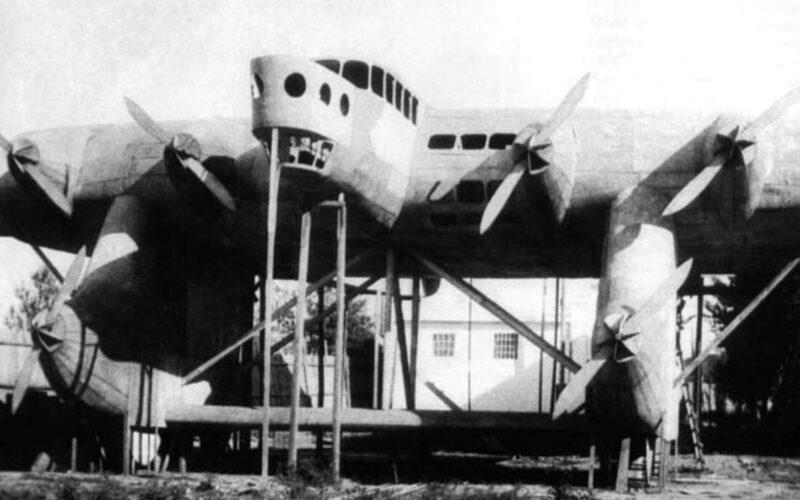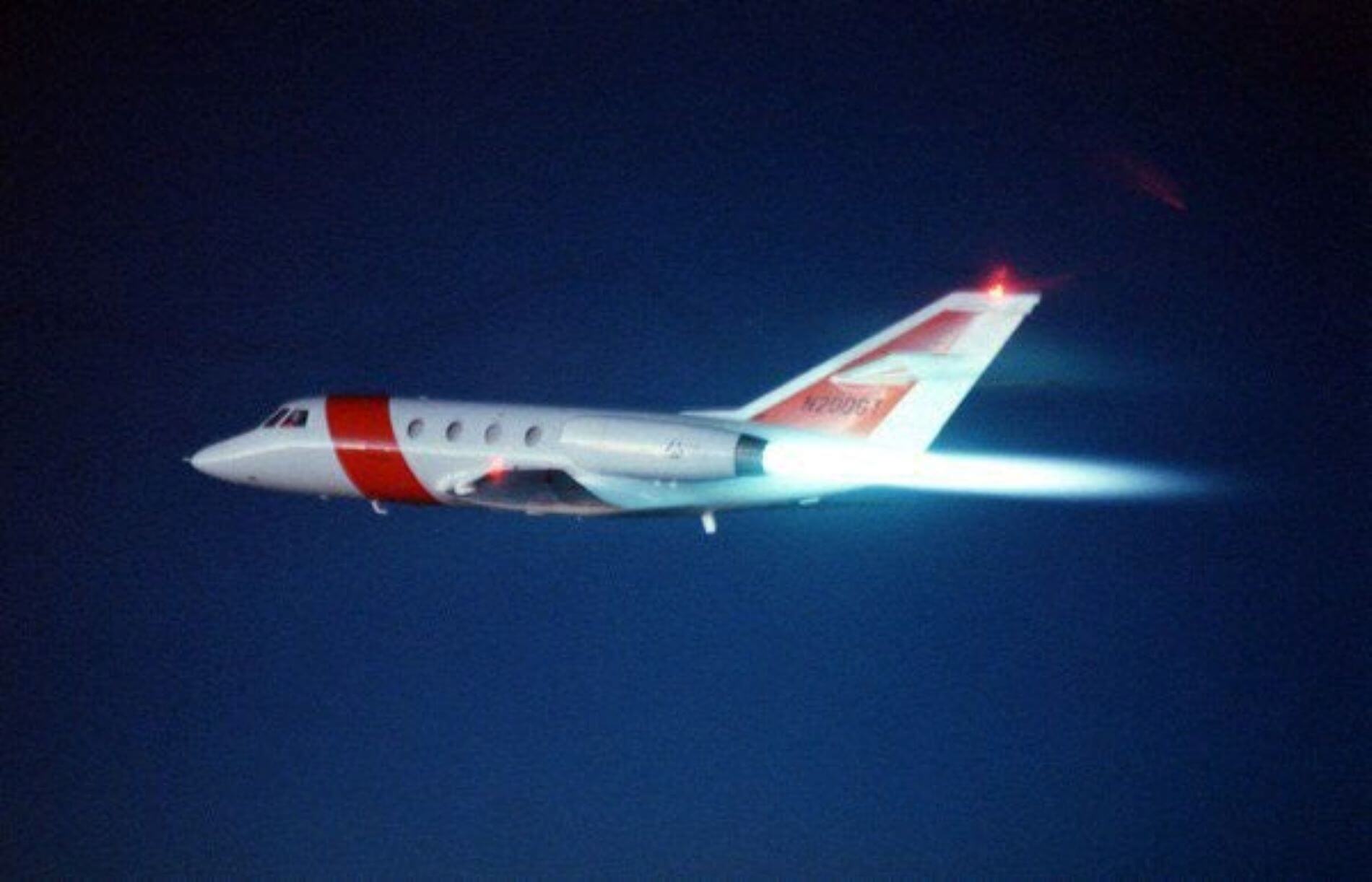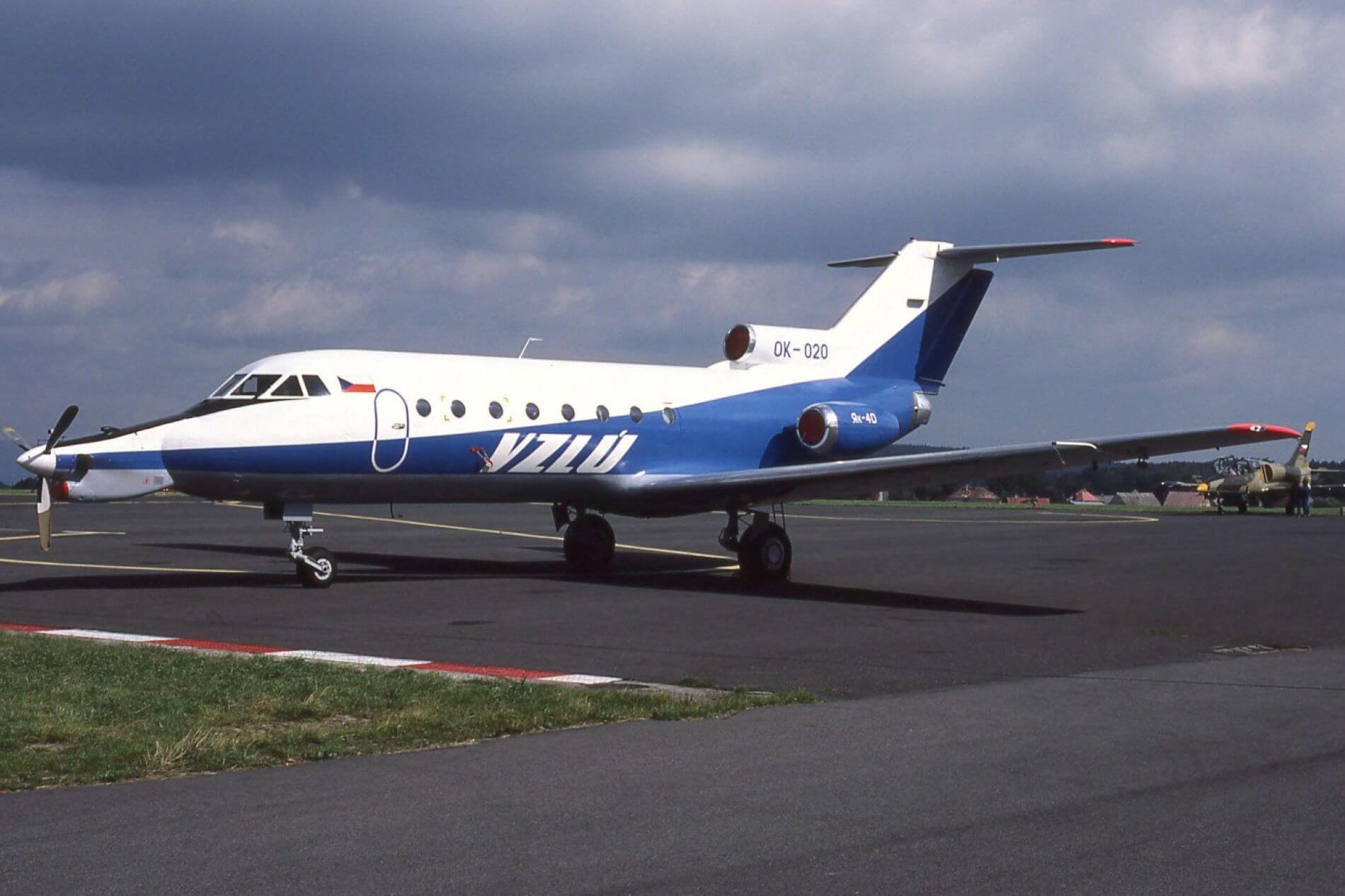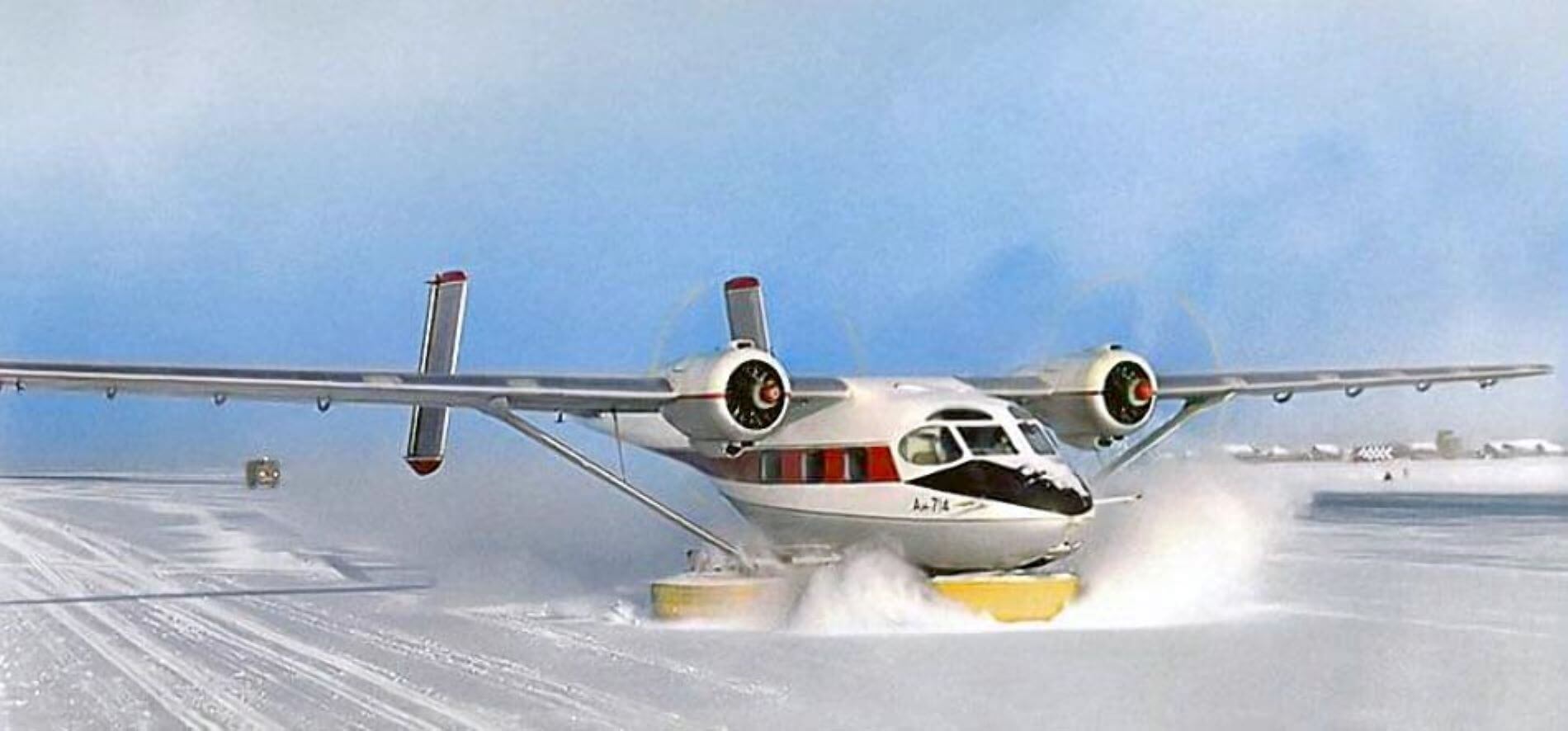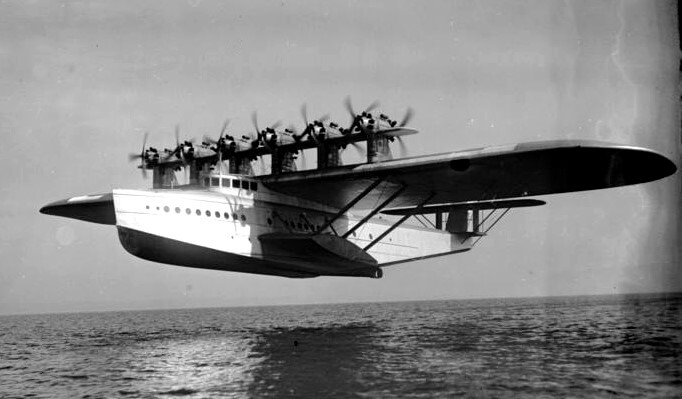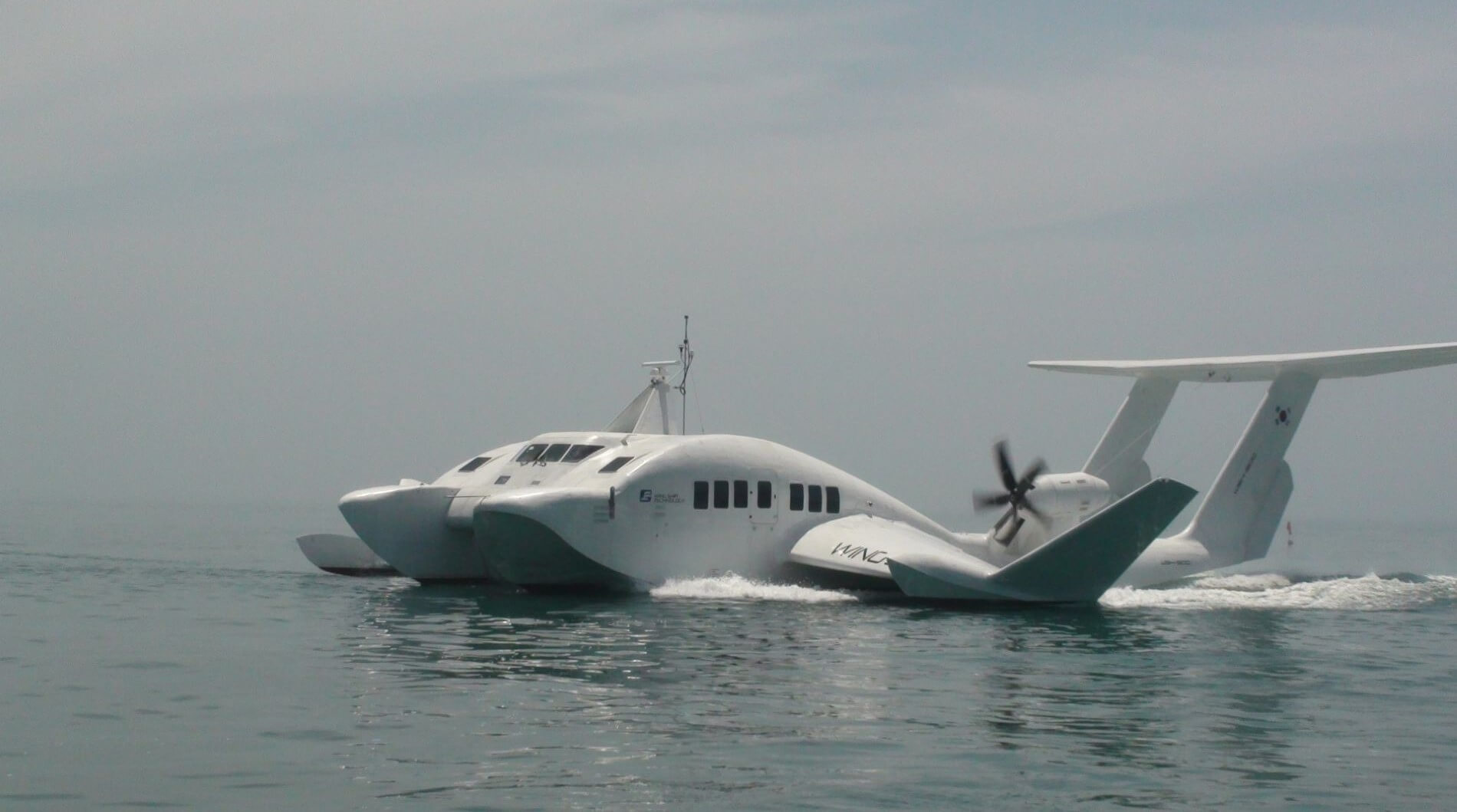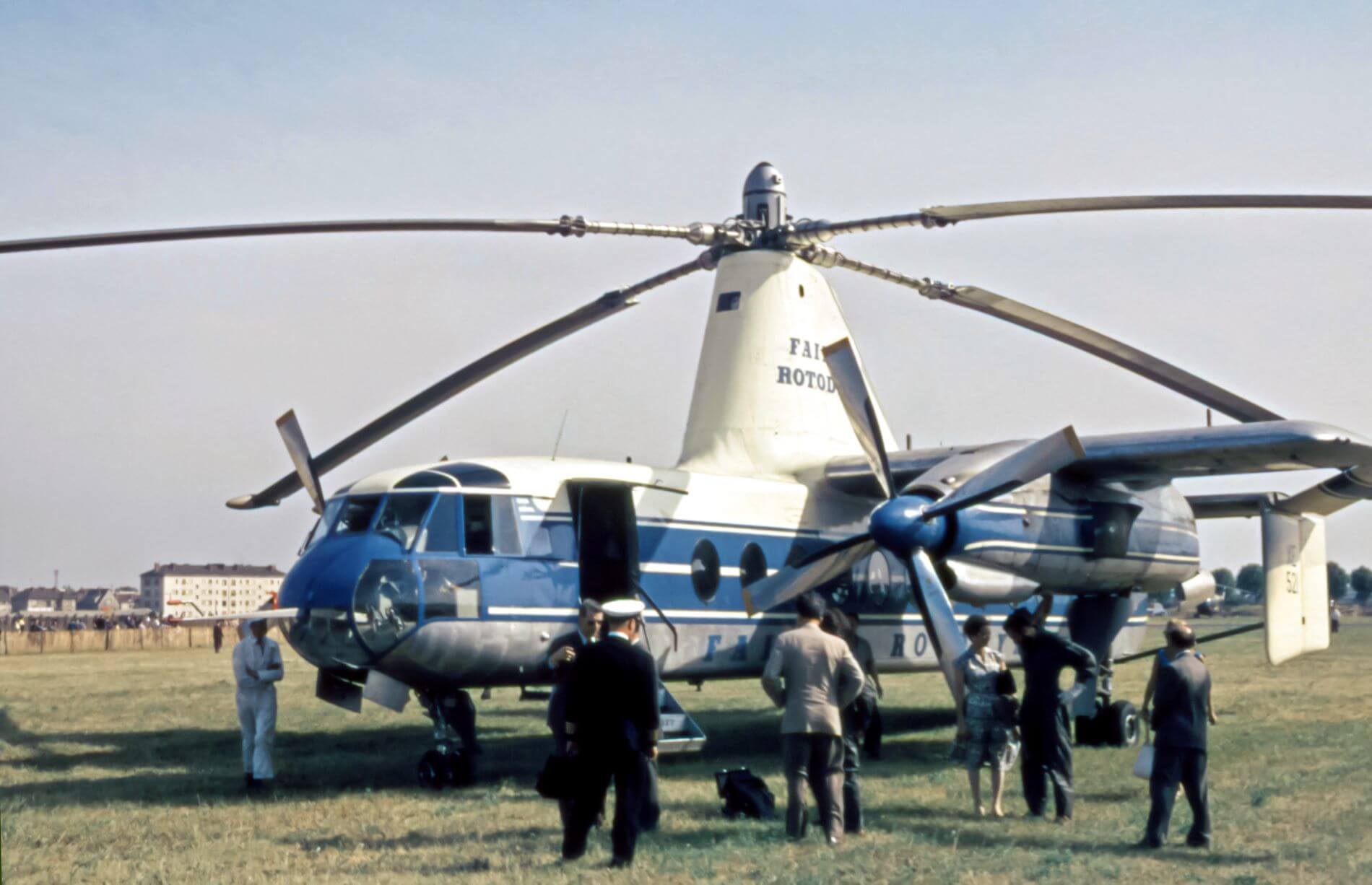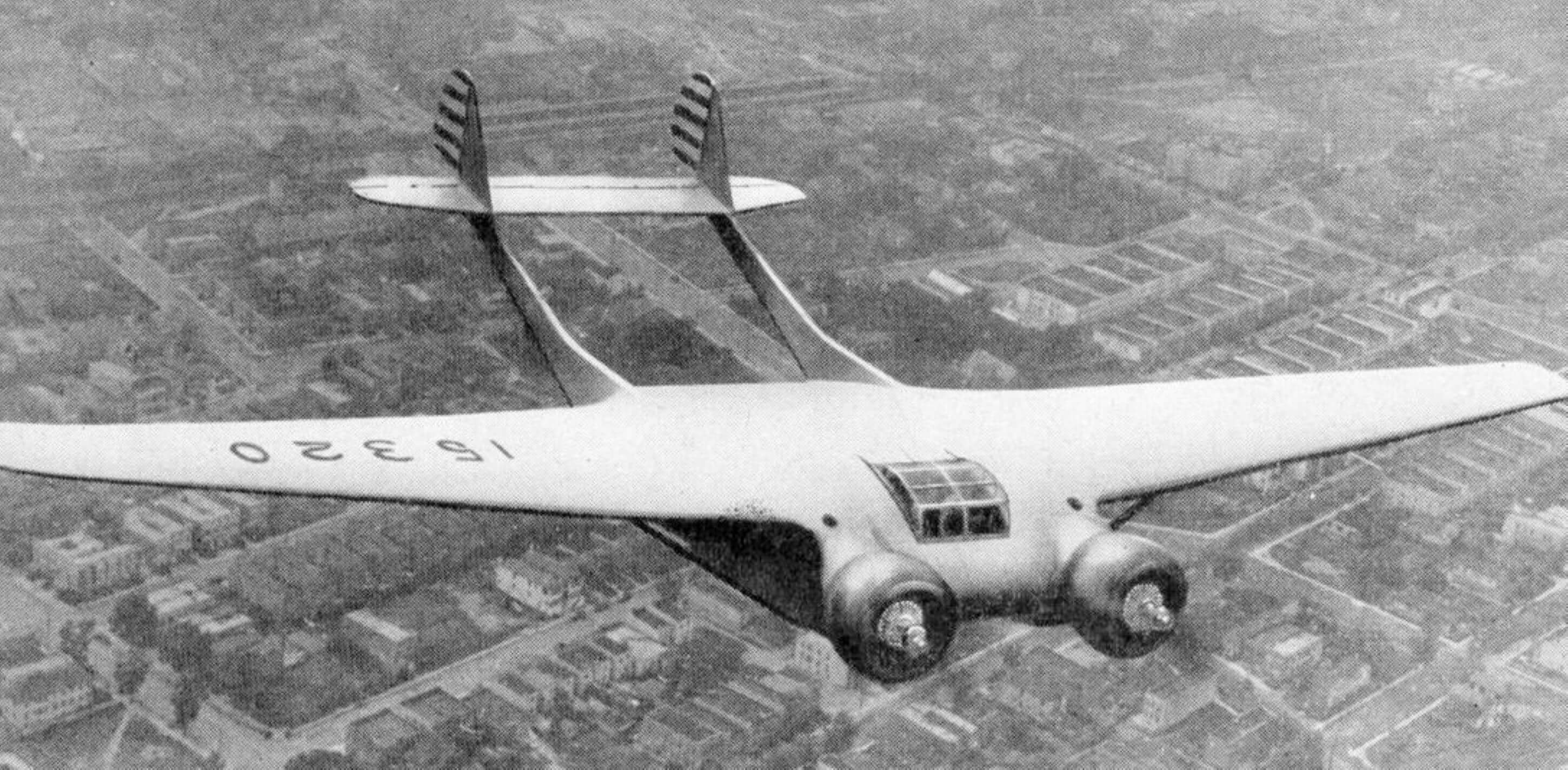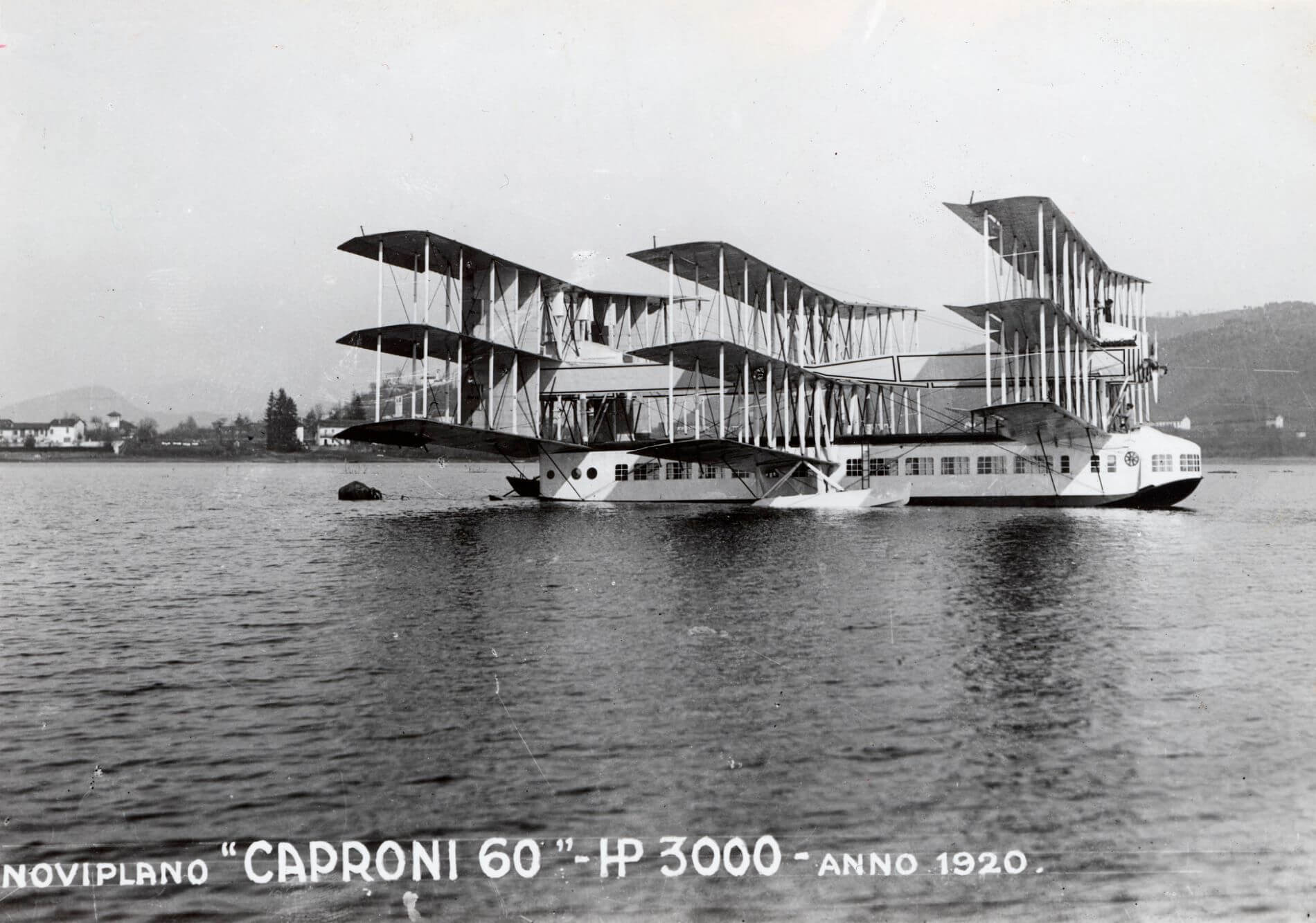The current generation of airliners is the result of decades of optimization. They combine speed, capacity, economy, and safety into the perfect package capable of bringing profit. However, aren’t they a bit too similar, predictable and… boring? Let’s dive into the world of experiments and find the craziest airliners that ever existed!
Of course, the definition of an airliner is a bit vague, so, we will have to delineate what features an aircraft has to have to be considered as one. A capability to carry at least 10 passengers is the first one, as in order for an airline to use it, a similar number is a must. Business jets, utility aircraft and such are counted if they have sufficient capacity and can provide (or could have provided) airliner-worthy level of comfort.
Also, only aircraft that had operational prototypes built are accepted, whether those prototypes ever carried passengers or not. All the crazy unrealized projects, such as Bel Geddes airliners, are a story for another day.
The criteria for ranking airliners is simple: the more unconventional, unusual and crazy is the aircraft, the higher it is ranked.
Bonus round!
Airliners that almost were built:
Dornier Do-231, civilian version of German military VTOL transporter Do-23, that almost went into production.
Boeing 767-611, unusually shaped near-sonic variant of a regular 767.
FMA IA 36 Cóndor, Argentinian mid-range airliner with five engines located in a circle around the fuselage.
Mikoyan-Gurevich Mig-25 business jet: yes, there were plans to turn the world’s fastest fighter into an airliner.
And now, for our main course.
10. Saunders-Roe SR.45 Princess
A majestic take-off (or landing) (Photo: SDASM / Wikipedia)
Imagine Boeing 377, but… a flying boat. The Princess was the largest all-metal flying boat ever constructed, and intended to continue the pre-war tradition of luxurious sea-based airliners. But the jet age was right around the corner and the work never went beyond a prototype, as land-based airliners were much more convenient. Two even larger jet-powered variants – P.131 Duchess and P.192 Queen – were briefly in development too.
9. Dassault Falcon 20 with an afterburner
It was just a test, but what a sight! (photo: Dassault / atf3.org)
Business jets are fast. But one of them was even faster. In the late 80s, experiments were made with ITEC’s afterburning TFE1042 fighter engine on one of Dassault’s aircraft. Afterburners inject fuel into the engine’s combustor, dramatically increasing the thrust. They are usually used by fighter jets and it is doubtful that regular business jet would ever go into production with one, though.
8. Yakovlev Yak-40 M-602
It was just a test too. (photo: Roman Frignani / planes.cz)
This one gets its position on the looks alone. It is a regular Soviet Yak-40 trijet with an M-602 turboprop mounted in the nose. What else do you need?
7. Antonov An-714
Soft landing taken to whole new level (photo: airwar.ru)
Another Soviet experiment, aimed at testing the viability of using hovercraft air-cushions instead of a landing gear. Such a contraption would allow an aircraft to land on rough terrain, bringing air service to the remotest regions of the Soviet Union. Several variants based on the An-14 utility plane were built, with the An-714, sporting three cushions, arguably being the craziest of them.
6. Dornier Do X
Notice both the puller and pusher propellers. The plane had 12 engines in total. (photo: German federal archives / Wikipedia)
It was a monumental, but ultimately unsuccessful example of the pre-war flying boat glamour that Saunders-Roe Princess was intended to emulate. The largest aircraft of its time, Do X was built in Germany in the late 20s and completed a couple of transatlantic flights, yet plans of mass-production were never accomplished due to the Great depression. Two even larger sister airplanes – X2 and X3 – were built in Italy and had slightly more success.
5. Wing Ship Technology WSH-500.
Two features of the super-rich – a yacht and a private plane – smushed into one. (photo: Wing Ship Technology)
Strictly speaking, it is not an aircraft. Not a boat either. It is something in between, a wing in ground (WIG) effect vehicle (also known as ekranoplan), designed to use the ground effect to be almost as fast as a plane and almost as efficient as a boat. Yet it flies, therefore WIG vehicles are commonly considered as aircraft. Very few of them are on commercial market, and in addition to being one, WSH-500 also has a capacity of an airliner and the looks of something right out of a sci-fi flick.
4. Fairey Rotodyne
The production variant was intended to be bigger than this prototype (photo: Johannes Thinesen / Wikipedia)
Helicopters, thanks to their VTOL capability, are great for air travel. But they are slow and terribly inefficient. Autogyros, whose rotor blades generate lift by harnessing autorotation, are much better in this regard. Hence Fairley Aviation’s attempt to make an airliner based on this scheme. In the end it failed, but still resulted in one majestic prototype.
3. Burnelli UB-14
UB-14 (photo: Le Pontentiel Aérien Mondial 1936 / Wikipedia)
Burnelli’s lifting fuselage designs weren’t successful at the time, but gathered somewhat of a cult following from aviation geeks. UB-14 was one of several airliners built utilizing the engineer’s vision of using the fuselage as another wing, resulting in a very unusual shape. One of the prototypes was used by Charles de Gaulle as his personal transport, while others became a subject of one of the craziest conspiracy theories in the world of aviation. By the way, a lot of experiments with a similar scheme were done at the time – including nearly identical Soviet Zlokazov ARK-Z-1 airliner proposal – but were deemed inferior to classic aircraft layout.
2. Kalinin K-7
Sadly, this photo does not give the plane justice. Feel free to google it, but beware of a multitude of oversized CGI fakes. (photo: airwar.ru)
An entire list could be filled with massive aircraft Soviets were building in the 30s. This place could have been taken by Tupolev Ant-20 Maksim Gorky, the ill-fated Soviet propaganda plane, or Tupolev G-1, TB-1 heavy bomber turned into an airliner after the war. Instead, we have to give credit to the craziest of them all: K-7, with its massive landing gear, fuselage incorporated into the wing, and a wingspan of Boeing 747. K-7 was a truly unique aircraft, built to occupy a role of an airliner, a transporter and a heavy bomber. Passenger version would have had two more engines added into the pods of the landing gear, but the plans were abandoned after the crash of the prototype.
1. Caproni Ca.60
Imagine a transatlantic flight on one of these (photo: Wikipedia)
Where to start? Ca.60 had nine wings, eight engines, 100 passenger capacity and one successful test flight under its belt before crashing into the lake, disintegrating in the process. Intended as the first transatlantic airliner, the aircraft was incredibly complex and mind-bogglingly expensive for its time. The only prototype was completed in 1921, as a passion project of the famous Italian aircraft designer Gianni Caproni, who envisioned the future where huge airliners would allow for hundreds of people to travel all around the globe at great speeds. Crazy idea, right? Well, the means of achieving such a dream just weren’t there in the early 20s, resulting in the craziest airliner of all time.
This article was originally published on September 19, 2020.

